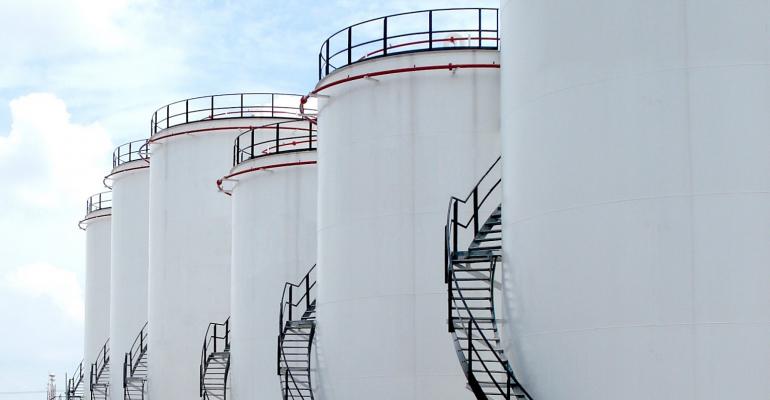However, the surplus supply is likely to overwhelm global storage capacity, the firm warned in a research note.
Explaining its conclusions, Rystad said that global oil supply is likely to fall from 98.3m bpd in April to 92.8m bpd in May as a result of production cuts and shut-ins from non-OPEC+ countries such as Norway. It is likely to fall further in June – to 91.1m bpd – marking the lowest supply level this year unless further production cuts are announced. As things stand, oil output should rebound from July.
On the other side of the equation, demand has already passed its low point, Rystad estimates, at 71.8m bpd in April. This is likely to rise to 79.2m bpd in May and 85.1m bpd in June as governments ease virus-related restrictions and industrial activity picks up.
But the consultancy’s oil market analyst, Louise Dickson, stressed that the market will not be back in shape any time soon. “While this may seem like a drastic improvement from April, the oil market is not magically fixed,” she said.
“The storage issue still looms large and will spill over into trading floors, as buyers are left with crude they cannot physically place, and into the boardrooms of oil companies which must make very costly but necessary decisions to scale back production and give the market some breathing space.”
The good news for tanker owners, at least in the short term, is that demand for floating storage is likely to continue rising as land-based capacity runs out. Rystad estimates that crude storage facilities are already about 90% full, and for products about 80%. However, for technical reasons, storage tanks can only be filled to about 95% capacity and space to take more oil in some locations is already running out.
May’s estimated 13.6m bpd stock build could mean that land-based storage capacity runs out at the last facility standing, the US, late in May Rystad warned. Cushing, Oklahoma, could run out even sooner.
Copyright © 2024. All rights reserved. Seatrade, a trading name of Informa Markets (UK) Limited.
Add Seatrade Maritime News to your Google News feed.  |

